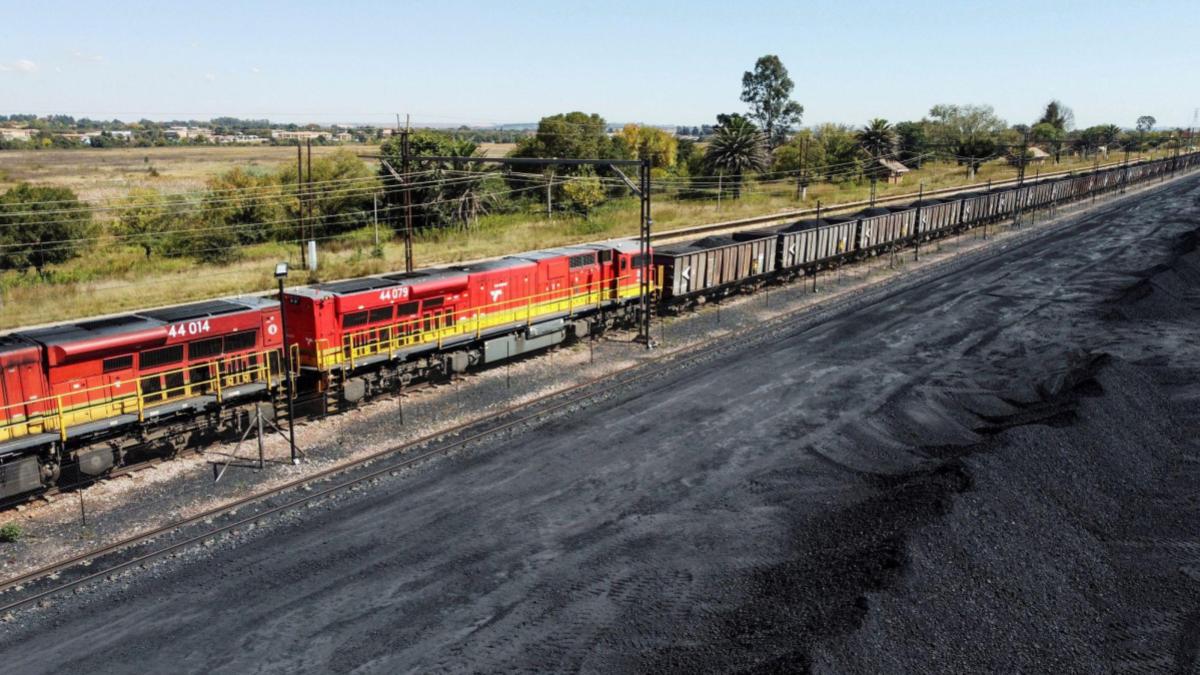Infra
Why the Western Freight Corridors is delayed – Infrastructure News

The execution problems faced by the Tata Projects and challenges in the construction work have led to inordinate delays in the implementation of Western Dedicated Freight Corridor (WDFC). Even though the DFCCIL (Dedicated Freight Corridor Corporation of India) has set an official target to commission WDFC by March 2025, the government-run entity is not expecting the work to finish before July 2025.
“The last stretch of 104-km between Saphale and JNPT (Jawaharlal Nehru Port) was challenging from the day one because there were a lot of land acquisition issues. Then, the problems with Tata Projects emerged, and they got slow in executing the project. We are not expecting WDFC to be fully operational before one year from now,” said a senior DFCCIL official.
In 2017, Tata Projects was awarded the contract for this stretch. Due to the slow progress, the DFCCIL decided to terminate the contract in 2022 but it was later revoked after Tatas promised to speed up the work.

The delay in commissioning of 1506-km WDFC is also affecting the traffic on this corridor. At present, the DFCCIL is operating just 30 trains daily (each way) which is far lower than 80 trains (each way) running on Eastern DFC. “The last leg is the most crucial piece of WDFC because it will not only connect the corridor to a large port (JNPT) but will also give connectivity to central rail network (in addition to the existing western rail network). A plenty of companies are waiting for this last piece to go online and take a call that whether they want to switch from roads to rail. Over the long distance, the economics of using rail network is far better than roads,” said a railways analyst.
The traffic on WDFC primarily comprises containers with some movement of imported coal, imported fertilisers and foodgrains. The container traffic, which is 70% of the overall traffic on the corridor, is mainly for the export-import items such as tyres, hosiery, carpets, wooden furniture, etc. At the moment, about 17 CTOs (container train operators) and shipping lines are operating major traffic on this route.
The DFCCIL official said that there are issues with the quality of land on the stretch to JNPT. “The quality of soil is not favourable. From the stability point of view, the contractor is facing issues. Because of the intervention of the Maharashtra government, we were able to complete the land acquisition last year – after a delay of almost 15-16 years,” he said.
Historically, the commissioning of DFC project has been impaired by the delays in land acquisition and financing arrangements. In 7 years to 2014, only 88% of the total land was acquired, and the remaining land patches were held up due to disputes, and court cases. Due to the slow progress of the projects, railways continued to lose logistics










